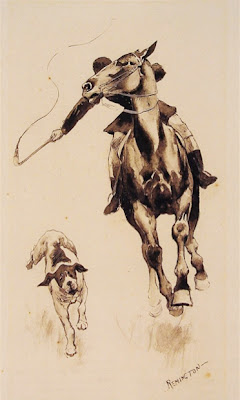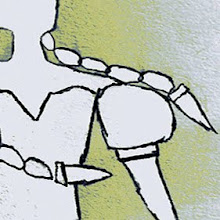Corey Parker (1976–2010) was an artist working in Cleveland, Ohio USA. He grew up in the rural farmlands of Michigan which has directly influenced his landscapes.
Studying painting under George Pratt, his landscapes depict a mood and emotion much like the old masters such as George Inness and James Abbott Whistler.
These particular works reflect a series of monotypes he created within a two month period, that are amazing. These monotypes, for the most part, are his early experiments working with the press.
This series is entitled Sticks and Stones.
He quickly mastered the press using nuances of selected line, color and texture, making highly experienced works, as if he had been printmaking for decades.
His compositions are unexpected and well crafted, reminiscent of contemporary American painters such as Mark English and Thomas Sgourus.
He was always drawn to the classic landscape and, as you can see, it was his passion.
-- Thank you eye-likey for the words.
Winter Tree Line pastel
Morning Shadow #2 acrylic
Blue Sky on Water acrylic
Morning Shadow #1 acrylic
Landscaping is both science and art, and requires good observation and design skills. A good landscaper understands the elements of nature and construction and blends them accordingly.



























































